

Taiyo Kogyo Column
Advantages of Renting or Leasing Temporary Roofs│Efficiently Manage Contaminated Soil Response Construction Sites
2020.06.26
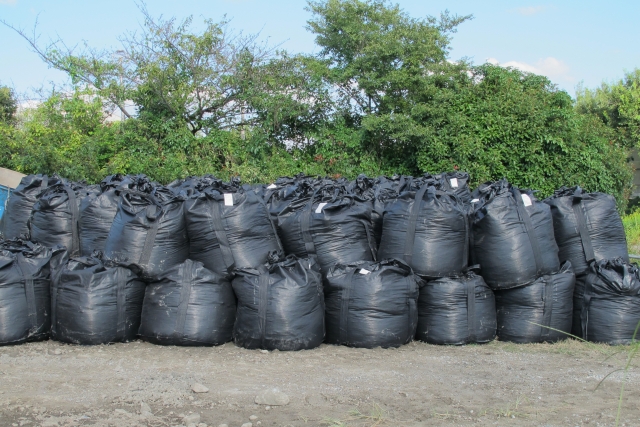
In some cases, roofs are required at contaminated soil response construction sites, depending on how the contaminated soil is treated and other factors. Temporary roofs, which would be expensive if purchased, can be installed cheaply and easily through rentals and leases, making construction sites more efficient. This article discusses the benefits of renting or leasing a temporary roof and the wide variety of options available.
Please take a look at our website and use it to help you consider renting or leasing a temporary roof.
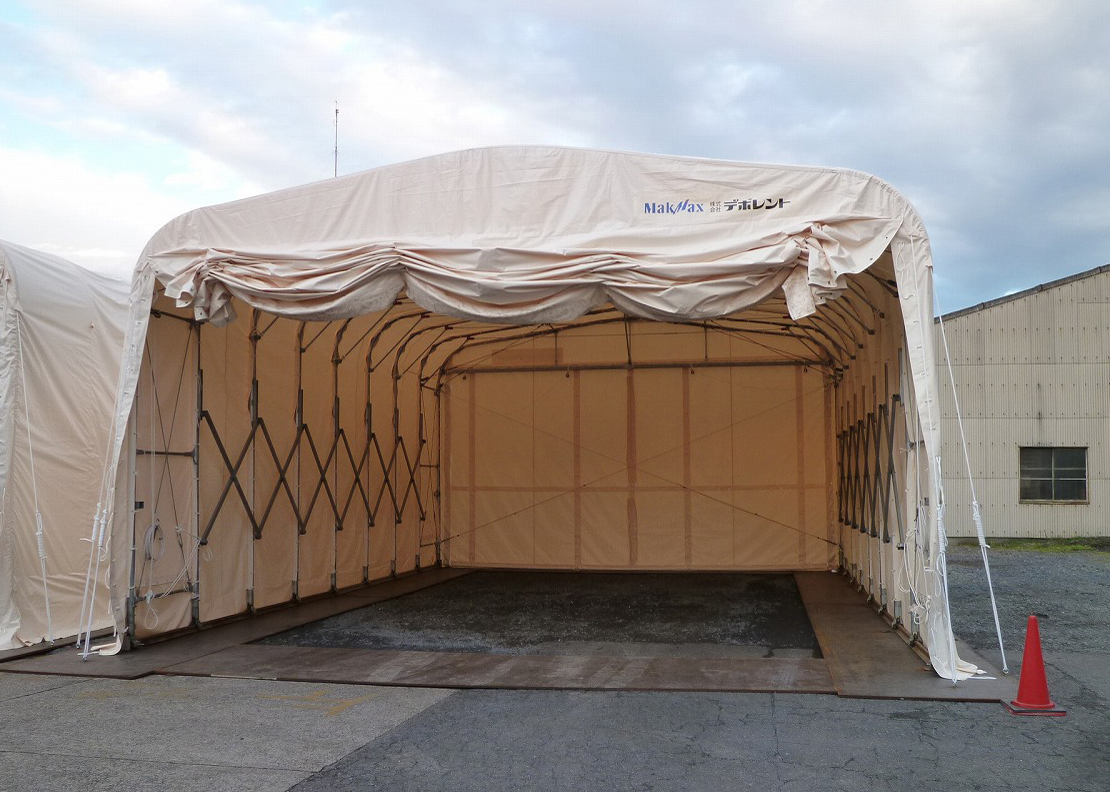
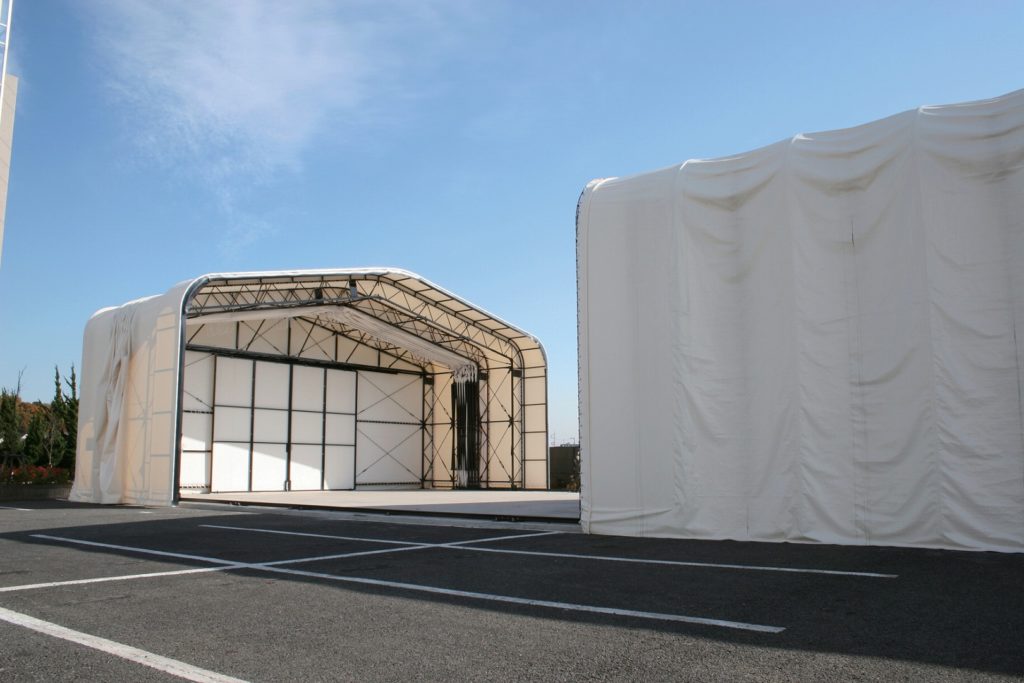
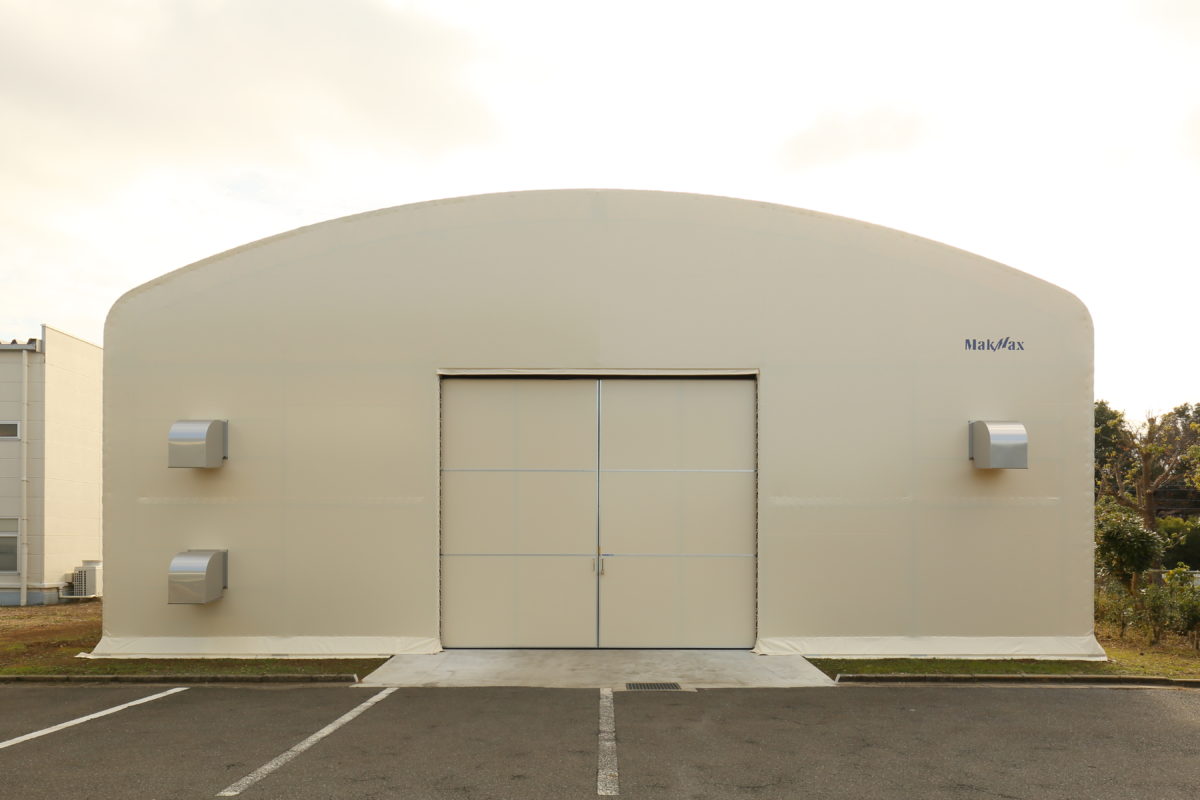
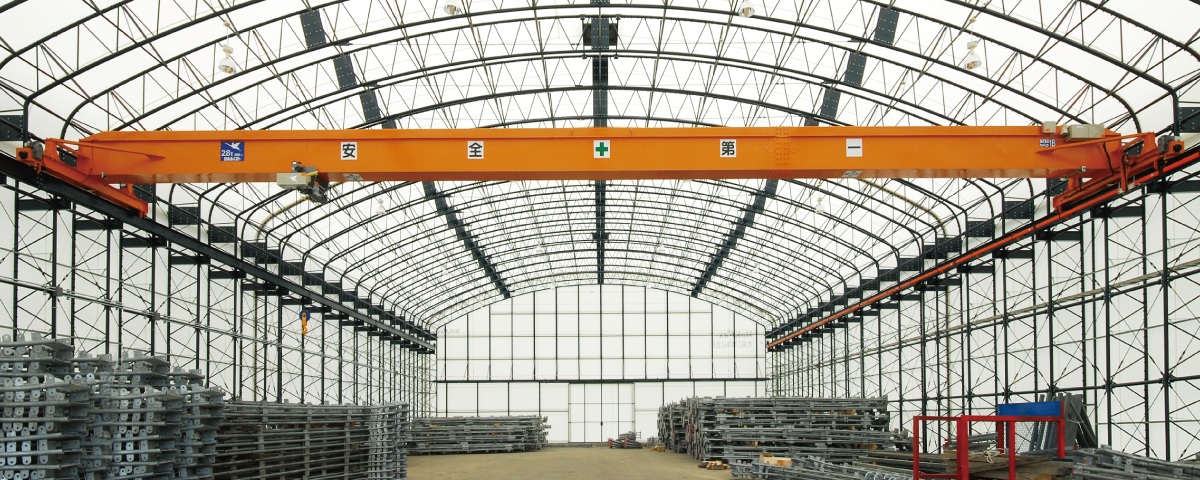
Tent Warehouseへの
Contact us

What you need to know when building a warehouse
We packed it all in.
Clues to solving the 2024 problem
Recommended for
I don't know where to start in building a warehouse.
I want to build a warehouse in an economical way.
Which type of warehouse should we build?
I want to learn the basics of warehouse construction anyway.
I'm concerned about the 2024 problem, but I don't know what to do about it.
Related Articles
- TOP>
- Taiyo Kogyo Column>
- Advantages of Renting or Leasing Temporary Roofs│Efficiently Manage Contaminated Soil Response Construction Sites








